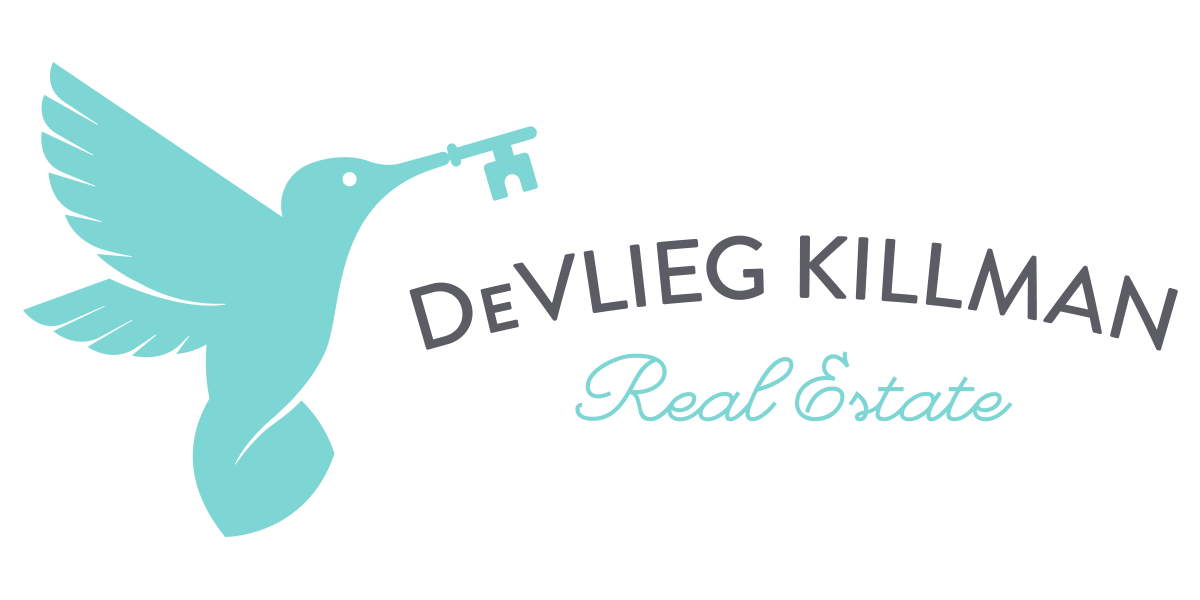The rise and fall of real estate prices has become such a national obsession, the stats really ought to be carried on the sports pages. Small wonder, as the number of Americans buying investment property has boomed in recent years. But with double-digit price appreciation slowing or vanishing from many markets, the question has become, what’s next?
“The entire country has benefited from declining interest rates,” said John Burns, an Irvine-Calif.-based real estate analyst. “But what’s been very interesting in the recent cycles is that investor activity has driven a lot of the behavior.”
Despite talk of a national real estate bubble, housing sales and prices are local phenomenon driven by the trinity of local job growth, the supply of new homes and affordability, Burns said. Add in wild cards like climate, rapidly-changing demographics and investor activity and markets throughout the nation behave in idiosyncratic ways.
Markets that are growing
A variety of influences have continued to create a good market in the southeast. Strong gains in home sales in 2005 for Mississippi (17.3 percent), Louisiana (22.9 percent) and North Carolina (17 percent) are expected to continue thanks in part to real estate that has not appreciated exponentially in the last few years.
In North Carolina, Raleigh continues to be a good bet. It’s got a strong and diverse economy and the kind of mild weather that appeal to transplants from throughout the nation. Ironically, the devastation of Hurricane Katrina has created both need and opportunity in Louisiana’s housing market, with New Orleans the hub of a building mini-boom. Mississippi’s Gulf Coast is also expected to benefit, having lost more than 65,000 homes to the hurricane.
In the west, it’s all about Texas (up 9.8 percent) and New Mexico (up 26.2percent). Albuquerque, N.M., with its affordable housing and scenic setting, has beefed up the local housing market. Refugees from Southern California’s overheated real estate scene are making their way east, while the long, hot summers of southern Arizona, coupled with that region’s rising prices, have attracted a growing number of Phoenix residents.
Relentless hikes in oil prices coupled with a wave of Katrina refugees could well turn into a two-step for Texas, where Austin, on numerous most-livable-city lists, sends out a siren song. A steady building, a vibrant city center and a good local economy should help the region’s housing market buck the busted bubble trend.
Markets that have peaked
After a long run-up in prices and sales, the New York and Massachusetts markets in the east (down 2.2 percent and 5.1 percent respectively), the Midwest’s Illinois market (down .9 percent) and Oregon and Colorado in the west (down 8.9 and 2.9 percent, respectively) show signs of leveling.
In New York’s suburban areas like Westchester and Duchess Counties, homes have begun taking longer to sell than in previous years. In the city itself, however, tight supply and high demand should help keep things on an even keel. Ditto for Massachusetts, where home sales in Boston have visibly slowed. The region’s continued strong economy; however, coupled with the historic high demand is good news for real estate watchers.
In Illinois, Chicago residents may also see a sign of a slowdown. Although citywide prices didn’t skyrocket, investor enthusiasm managed to push the market to the straining point. With many homes currently overvalued, the Windy City could be forced to hunker down as prices slowly settle.
Out west, Denver’s Rocky Mountain high has come to an end thanks to an abundance — an over-abundance, some say — of new homes and the lingering effects of. A softening economy. Bad economic news has also hurt Portland, where the burst tech bubble has had lingering effects. Slow-growth measures that kept a cap on new housing are the good news to come out of this high-priced region, making supply low enough to stimulate demand.
Markets on the way down
Written into every gee-whiz story about the magical real estate markets of Arizona, California, Florida, Nevada and Washington, D.C., was the question: How long can this last? The answer could come this year. Arizona’s growth dropped 22 percent in 2005, while California slowed by 19.2 percent, Florida and Nevada dropped 15 percent each and Washington, DC, posted a decline of 18.2 percent.
With a phenomenal growth rate in the 30 percent range, sunny Arizona seemed eternally golden. Phoenix and Tucson, each of which put up astonishing numbers, are set for the equal and opposite reaction promised by Newton’s Third Law. Vacancy rates are high and analysts predict lower prices and slower sales as a result. Gambling on Nevada could be risky as well, where a building spree seems to finally have more than met demand.
In California, the Los Angeles, San Francisco and Sacramento markets appear to be ready for a correction. In L.A., renters have simply been priced out of the market. Steady building in the Sacramento area has finally outstripped demand. And while the Bay Area’s notoriously high prices won’t do a sharp tumble, a spate of “price reduced” signs in formerly hot neighborhoods could be a bellwether of what’s to come.
Florida’s decade-long building boom may finally have caught up with itself, with the boom area around Orlando seeing a slow-down. Repeated hurricanes traveling through the center of the state have caused investors to rethink the area and a decade-long building boom is outstripping demand.
In Miami, prices are topping out as investors wrestle with weather concerns and decide against homes that are sharply overvalued. The Washington, D.C. area could be facing a similar fate. Buyers forced to choose between pricey homes in the city and more reasonable real estate in the surrounding areas now have a bargaining chip that could drive prices down in the year to come.
The Stats: Housing Markets to Watch Out For
The Good
The Not-So-Good
The Getting Ugly
North Carolina
Massachusetts
Arizona
Louisiana
New York
California
Texas
Illinois
Florida
Mississippi
Colorado
Nevada
New Mexico
Oregon
Washington, D.C.
By Nicki Kipen, HOMESTORE.COM

Leave a Reply